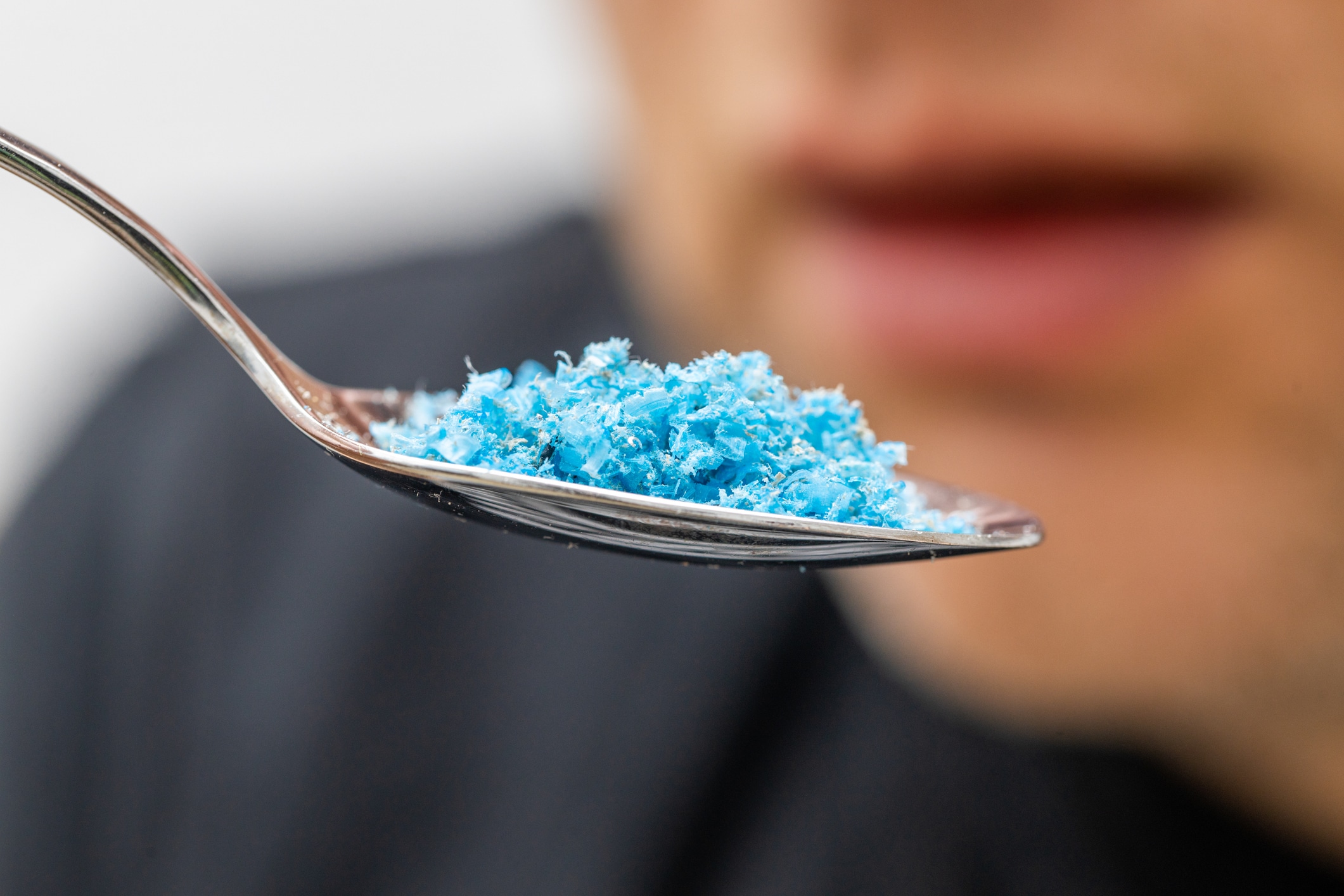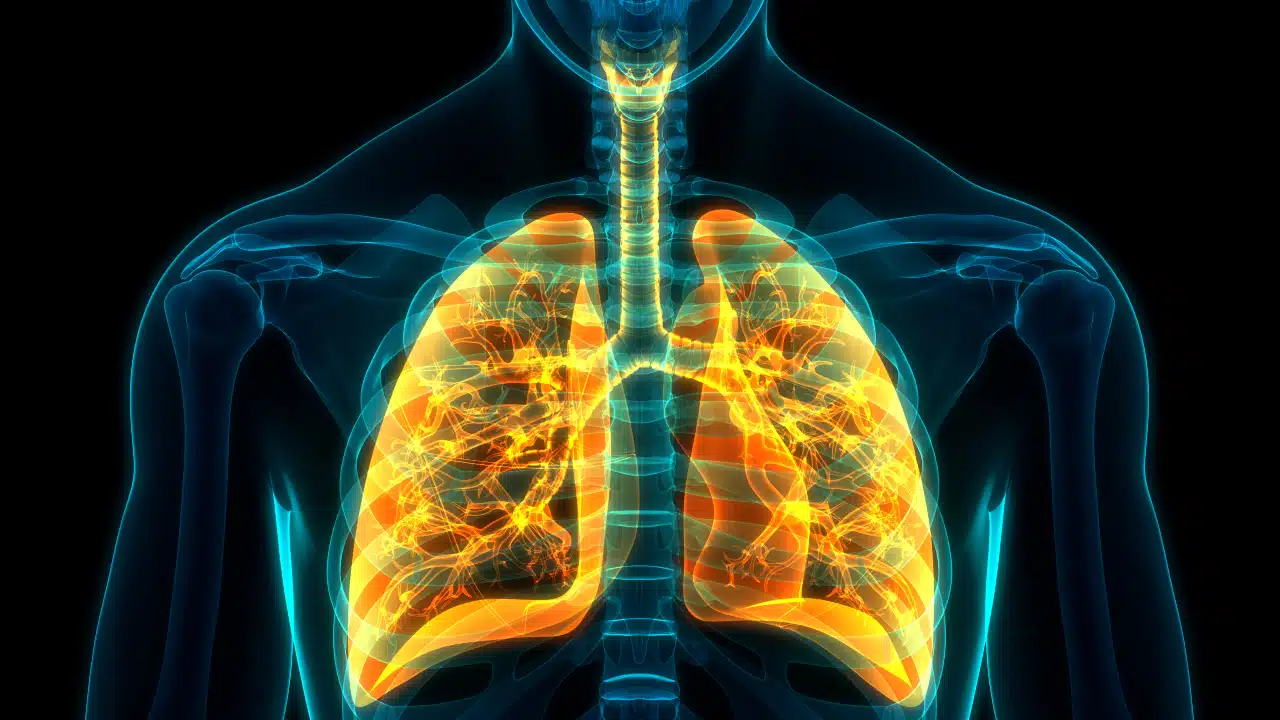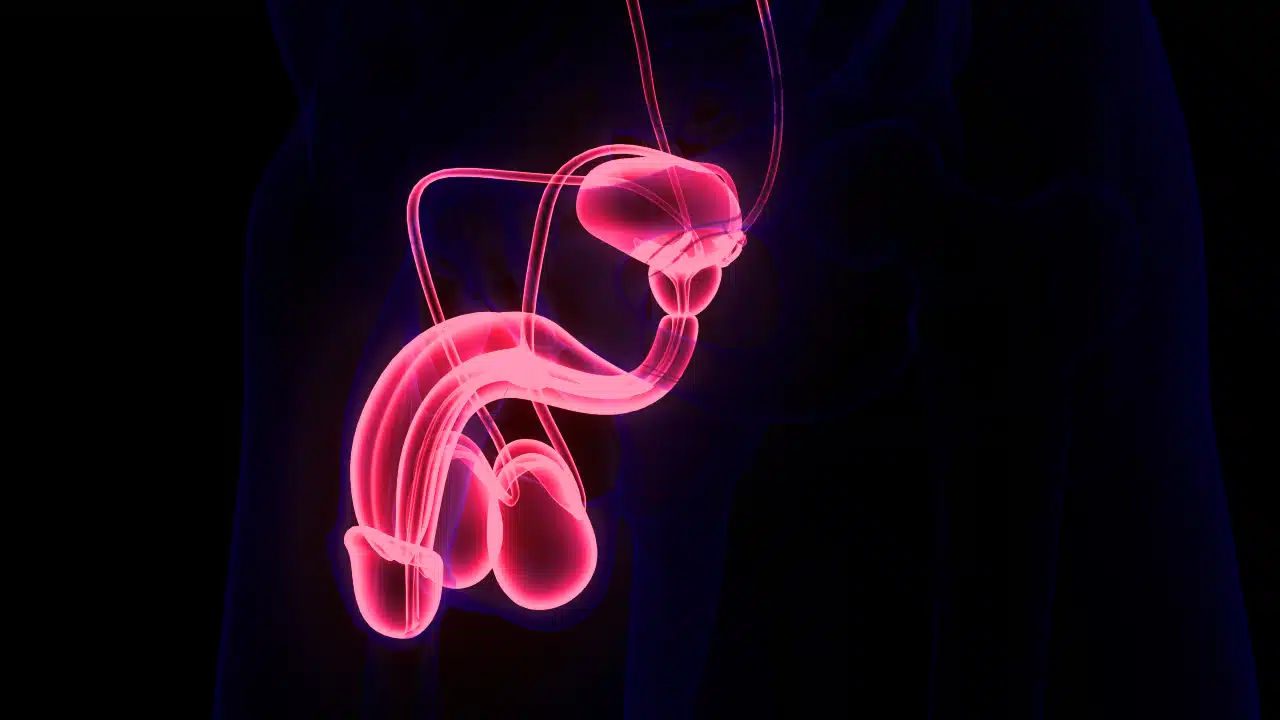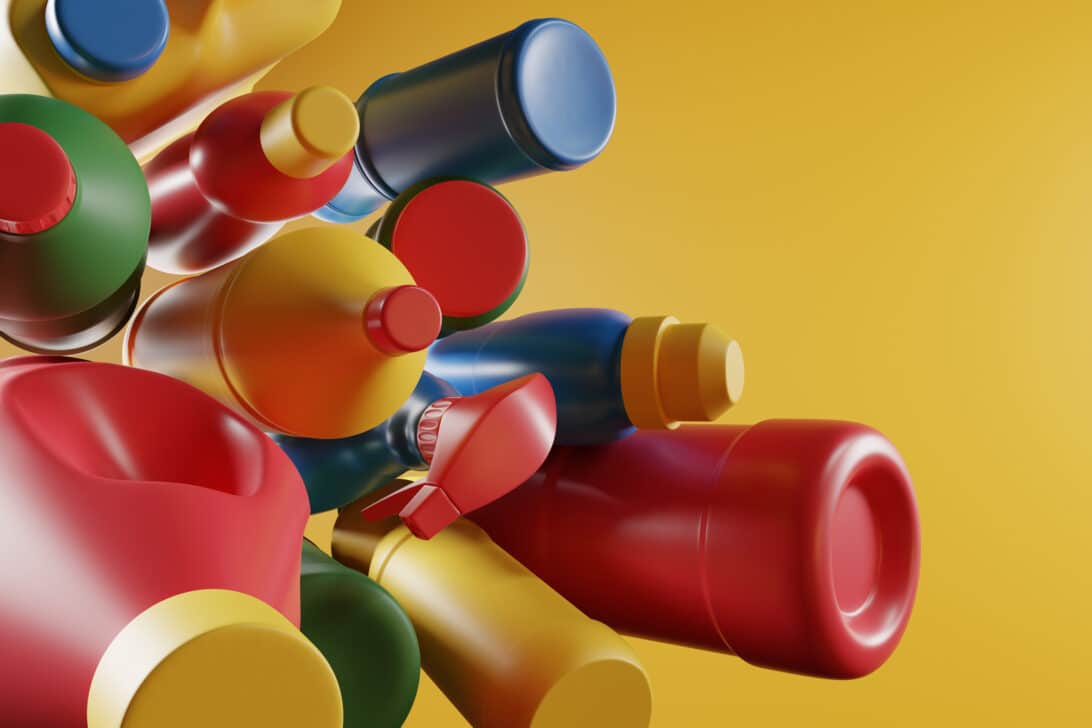Experts indicate that exposure to microplastics has become almost unavoidable in modern life, as these particles are found in a range of everyday items from clothing to food packaging. In fact, some estimates suggest that the average person ingests the equivalent of one credit card of plastic per week! That’s the bad news. The good news, however, is that there are some simple things you can do to reduce this exposure.
One key thing – and it’s better for your overall health – is to avoid processed foods. Studies have shown that these tend to contain higher levels of microplastics due to interactions with plastic packaging and production equipment.
Professor Christy Tyler from the Rochester Institute of Technology emphasizes, “The less processed, the less plastic.”
And if you can’t avoid packaging on your fruit and veg, remember to give it a rinse under the tap as microplastics are often found on the surface.
Further reducing microplastic contamination should involve using non-plastic materials like wood or glass to store and prepare your food. Plastic containers, particularly when exposed to high temperatures in dishwashers or microwaves, can release microplastics into food. Your water bottle could be increasing your intake of microplastics too. It’s best to avoid shop-bought bottled water and use a water filter at home.
Clothing made from synthetic fibers such as polyester and nylon, common in fast fashion, also contributes to microplastic pollution. These particles can wash out during laundry, entering water systems. Experts suggest washing less frequently, using full loads, and line drying to minimize microplastic shedding.
Synthetic furniture exposed to sunlight can also release microplastics, which can be mitigated by regular vacuuming to remove dust particles from the home environment and reduce inhalation risks.
Unfortunately you are not going to be able to avoid microplastics totally, but these steps can help you reduce the volume you take into your body.
Subscribe
Sign-up to receive our newsletter





